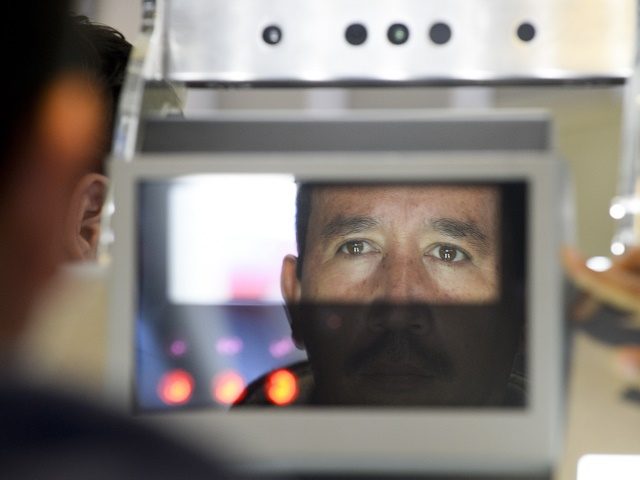A recent U.S. Department of Homeland Security (DHS) report reveals the information technology (IT) used by the government is ineffective to keep tabs on those who overstay visas. Moreover, the lag also causes a delay in determining whether a visa holder poses a national security threat. There is a backlog of more than 1.2 million visa overstays.
Auditors with the Office of Inspector General (OIG) at DHS found that U.S. Immigration and Customs Enforcement (ICE) investigations “may take months” to determine both a visa holder’s status and whether they are a threat to public safety.
According to a statement obtained by Breitbart Texas from the DHS Office of Inspector General, the IT scheme that exists presently “forc[es] ICE personnel to laboriously piece together vital information from up to 27 distinct DHS information systems and databases to accurately determine an individual’s overstay status.” The system lacks “integration and information-sharing capabilities.” The result: a stockpile of more than 1.2 million visa overstay cases.
Another problem in keeping track of visa overstays is the absence of a biometric system at the U.S. ports of departure.
Immigration experts with the Center for Immigration Studies (CIS) reported in September 2013:
Tracking the arrival and departure of foreign visitors to the United States is an essential part of immigration control. The need for arrival controls is obvious, but recording departures is also important; without it, there is no way to know whether travelers have left when they were supposed to.
It is also vital that such exit tracking employs biometric indicators — for instance, the travelers’ photos or fingerprints. Using only biographic information, such as names or passport numbers, provides no assurance that the person departing is the one whose original arrival was recorded.
CIS reported that “a biometric exit-tracking system for aliens departing by air or sea is feasible immediately at a reasonable cost.” Estimates, based on the costs at the time, showed that implementation expenses for the first year would range from $400 million to $600 million. This estimate included significant cost overruns.
The immigration think tank suggested that implementation could be covered with a “relatively small fee increase” on those charged to foreign nationals who come to the country via air or sea. They wrote that the expense very likely would not require a congressional appropriation. There are 40 million of these individuals who travel by air.
Moreover, CIS reported that as of September 2013, 14 countries already had, or were in the process of getting, biometric systems for air travelers.
ICE officials have now been given the responsibility of identifying those who overstay their visa. The workload “would be minimal with a biometric exit” system and this would “enable the agency to focus on enforcing the law rather than diverting hundreds of agents to this task as it does now.” The US-VISIT program used to be charged with determining visa overstays. ICE was given this responsibility in 2013 when the then US-VISIT program was divested of it.
CIS reports that “the executive branch has so far refused to implement such a system.” Yet, CIS reports Congress directed that an exit system be set up (in eight different statutes since 1996) and the three most recent legislative mandates require a biometric component. Although the cost has likely increased since 2013, many immigration experts would probably urge that so has the risks to Americans.
Officials already capture these facial images and fingerprints at airports of entry and consular offices when foreign nationals are seeking to come into the U.S. CIS reports this information is “queried an average of 30,000 times every day by authorized federal, state, and local government users.” This information is used by intelligence officers and law enforcement and is shared with other countries to arrest criminals and terrorists who change their names and other information to get safely lost in the U.S.
“ICE must equip its personnel with the tools and training they require for the vital work of tracking visitors who overstay their visas,” said Inspector General John Roth. “Timely identification, tracking, and adjudication of potential visa overstays is critical to ICE’s public safety and national security mission.”
Bob Price serves as associate editor and senior political news contributor for Breitbart Texas. He is a founding member of the Breitbart Texas team. Follow him on Twitter @BobPriceBBTX and Facebook.

COMMENTS
Please let us know if you're having issues with commenting.